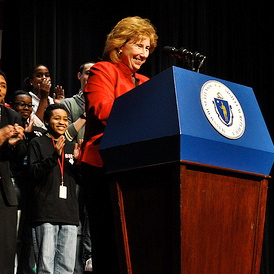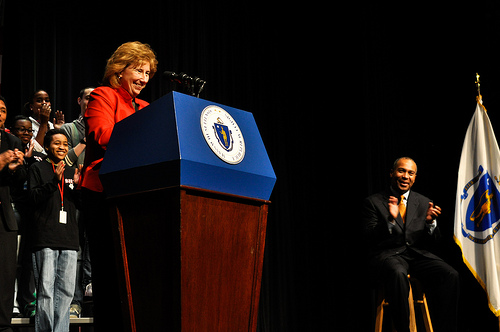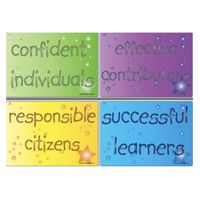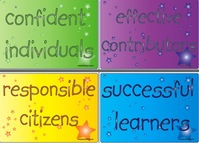This morning I read Bob Barsanti's powerful commentary "The Classroom Is Not a Factory" Education Week (12/1/10).
"Everything I needed to know about modern teaching, I learned in a factory. In the summer of my 18th year, I made plastic drink stirrers on the night shift at Spir-It Inc…. Many of the current reforms in education aim to turn the schoolhouse into that plastic-products factory. .. The machinery heats and molds our children, then stamps, bags, and packages them to a professional uniformity."
So What's the Real Product?
I agree with Barsanti that schools have been turned into factories. But they don't produce students, they just work there. The demands of testing have turned schools into factories that harness the labor of students to toil at a "bubble-test" assembly line producing "achievement" data.
Schools mask the child labor with noble mission statements that claim they are producing "life-long learners." But that's just a cover. If it were true, you would expect to see schools where students explored their interests and reflected on their progress as learners.
The actual product of schools is data, and its production is pursued with relentless focus. Distracting subjects that aren't tested, are cut. No time is wasted on "creative" student projects – they don't produce data. And when there's no test to take, students can always get ready with more "test-prep."
Of course, a test data factory is a not pleasant place to work, absenteeism runs high and every year many students quit. But there's a steady supply of new students to take their place. It should be noted that teachers work at the same factories. Conditions are better for them. They have a union.
Photo Title: One of the small boys in J. S. Farrand Packing Co.
by Lewis Hine, July 1909
Library of Congress








